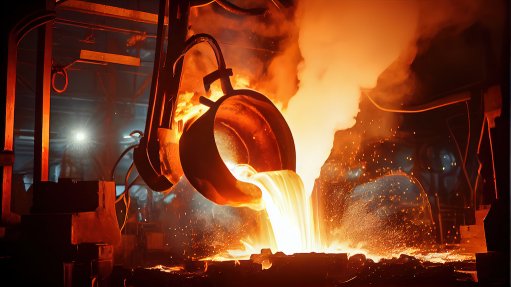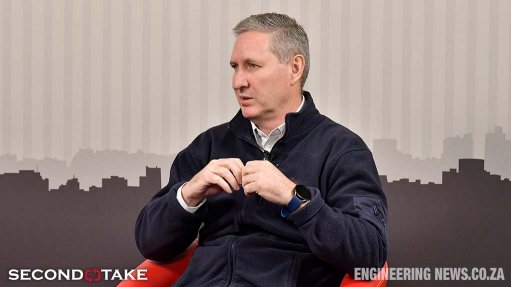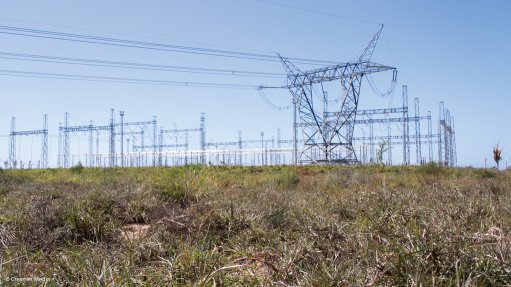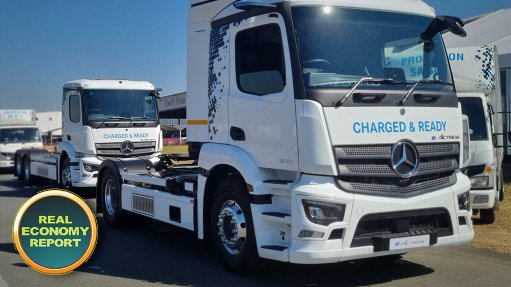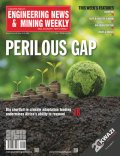Algae offers new carbon emissions solution


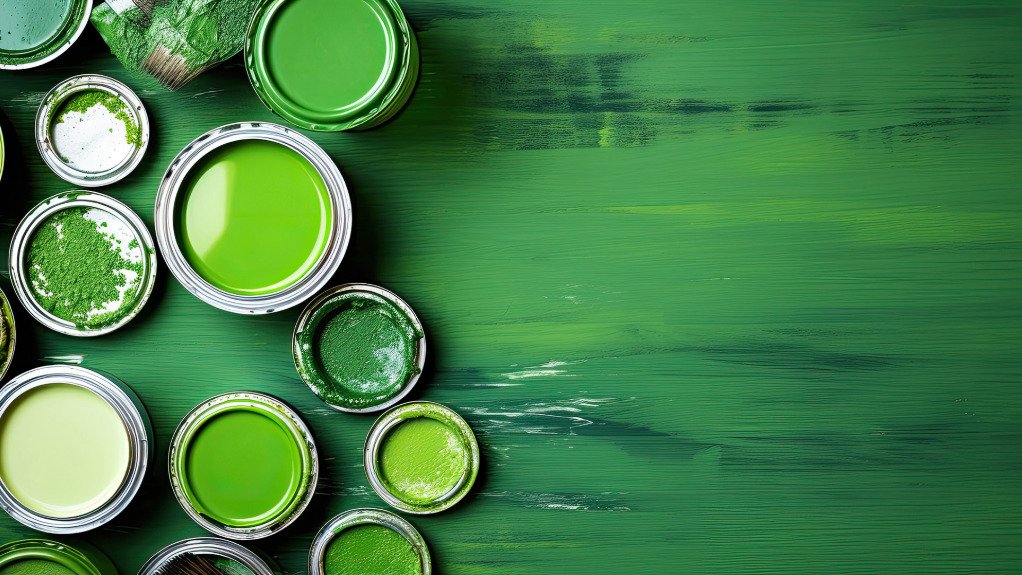
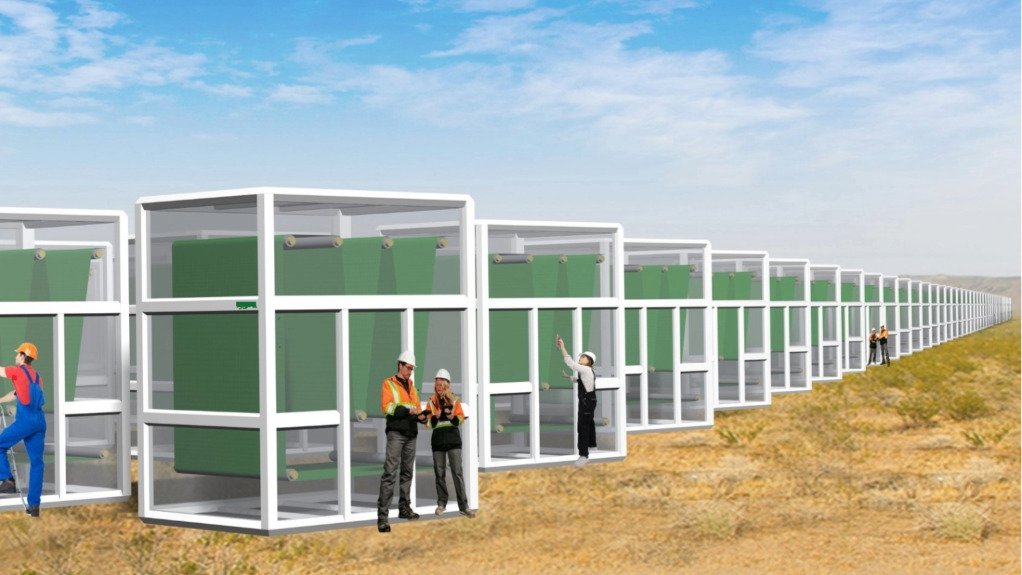
GROWING INTEREST The lichen life form has piqued the interest of paint manufacturers after Reactive Surfaces introduced it to paint to allow for carbon capture
PAINTING THE TOWN GREEN A carbon capture paint has been developed by an Austin, Texas biotech company which not only captures but also sequesters carbon emissions
CONTAINING THE ALGAE A stackable containerised solution to carbon capture is also on offer by Reactive surfaces
Based on the concept that algae are a carbon-capture powerhouse, Austin, Texas biotech company Reactive Surfaces has invested over $2-million in the research and development of an algae-infused paint and surface area treatment, to not only capture but also sequester carbon emissions.
Lichen is a complex life form which comprises a symbiotic partnership of two separate organisms – a fungus and an algae.
Reactive Surfaces, the company which developed this “pioneering climate-change adaptation technology”, has innovated bio-based, functional coatings for some of the largest paint companies globally.
The company is reported to know how to stabilise biomolecules in paints and coatings so that they can be functional in some way, like antimicrobial or self-cleaning when applied to a surface.
This climate change technology involves entraining algae on a surface to make that surface functional, by capturing CO2.
“We are already pursuing the paint industry to licence the technology, as well as industrial operations for franchises to set up a Carbon Capture Coatings facility onsite,” says Reactive Surfaces Carbon Capture Coatings president Beth McDaniel.
She explains that paint is thin, lightweight, and adheres to surfaces well, making it a prime medium to ‘house’ the lichen.
“Knowing this, we put algae into a coating system and maximised the painted surface area, in turn maximising the capture efficacy,” she explains.
Once it is captured, the CO2 stays in the paint or can be harvested from the surface and used, or converted into valuable by-products, without having to inject the captured CO2 miles deep into the earth, as with other carbon capture technologies.
Subsequently, paint has been transformed into a scalable climate change solution that can be used to capture ambient CO2 and sequester carbon emissions from industrial point sources.
This novel coating technology can also be implemented in a modular, stackable system for effective, environment-friendly and cost- efficient CO2 removal that has the potential to be scaled in time to really make a difference in climate change.
Importantly, McDaniel points out the amount of CO2 algae can capture is simply a matter of the rate of photosynthesis multiplied by the total surface area that the algae cover.
Research and Development
Reactive Surfaces has, with the help of its research team, developed its first field unit in Tracy, California, which will capture and sequester 1 000 t of CO2.
The company used intermediate bulk cargo containers that were already on site as a foundation for the growth of the algae.
The algae is introduced to a specially designed, porous cellulose matrix which is firstly inoculated and then vertically stacked in the containers, which offer sufficient light penetration and air exchange.
In this way, the algae within the porous cellulose matrix capture CO2, building up algal biomass, which is then harvested and dried so that it does not re-emit CO2 into the atmosphere.
The algae do the work of photosynthesis, capturing atmospheric CO2, while the porous structure act as the fungi within the lichen to provide a safe, congenial haven for the algae and keeps it from overgrowing.
This symbiotic relationship allows the algae to receive all the nutrients, gas exchange, water and sunlight it needs, while shielding it from too much UV radiation.
“To then harvest the lichen, the material is simply wrung out, which captures the majority of the algae that has grown in the medium,” says Reactive Surfaces chief scientific officer Lisa Kemp.
The harvest is then poured into a dewatering filter which separates the algae from the remaining water.
“The biomass is collected and dried to almost completely dry, by means of a solar oven,” explains Kemp.
She adds the biomass is then transferred to a smaller pan and through pyrolysis is completely dried to reveal the yield of 100% sequestered product.
The Reactive Surfaces team under the name of ‘Team Lichen’, has qualified as a top 100 competitor for the $100-million Carbon Removal XPRIZE.
XPRIZE is a competition hosted by the Musk Foundation, which drives innovation and research across seven domains, of which carbon capture is one.
“When thinking of the possibilities of using stackable containers adorned with this transformative paint, acting as direct air carbon capture units, and facilities of these modular units pulling down point source emissions from industrial slipstreams, the possibilities are endless,” concludes McDaniel.
Comments
Announcements
What's On
Subscribe to improve your user experience...
Option 1 (equivalent of R125 a month):
Receive a weekly copy of Creamer Media's Engineering News & Mining Weekly magazine
(print copy for those in South Africa and e-magazine for those outside of South Africa)
Receive daily email newsletters
Access to full search results
Access archive of magazine back copies
Access to Projects in Progress
Access to ONE Research Report of your choice in PDF format
Option 2 (equivalent of R375 a month):
All benefits from Option 1
PLUS
Access to Creamer Media's Research Channel Africa for ALL Research Reports, in PDF format, on various industrial and mining sectors
including Electricity; Water; Energy Transition; Hydrogen; Roads, Rail and Ports; Coal; Gold; Platinum; Battery Metals; etc.
Already a subscriber?
Forgotten your password?
Receive weekly copy of Creamer Media's Engineering News & Mining Weekly magazine (print copy for those in South Africa and e-magazine for those outside of South Africa)
➕
Recieve daily email newsletters
➕
Access to full search results
➕
Access archive of magazine back copies
➕
Access to Projects in Progress
➕
Access to ONE Research Report of your choice in PDF format
RESEARCH CHANNEL AFRICA
R4500 (equivalent of R375 a month)
SUBSCRIBEAll benefits from Option 1
➕
Access to Creamer Media's Research Channel Africa for ALL Research Reports on various industrial and mining sectors, in PDF format, including on:
Electricity
➕
Water
➕
Energy Transition
➕
Hydrogen
➕
Roads, Rail and Ports
➕
Coal
➕
Gold
➕
Platinum
➕
Battery Metals
➕
etc.
Receive all benefits from Option 1 or Option 2 delivered to numerous people at your company
➕
Multiple User names and Passwords for simultaneous log-ins
➕
Intranet integration access to all in your organisation









